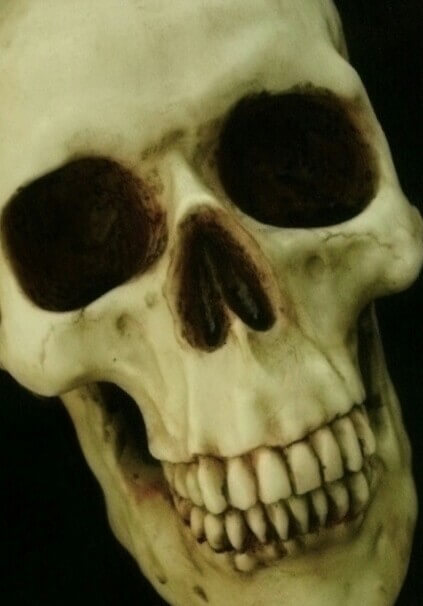Have you ever wondered what humans will look like in the future? If you believe in evolution, you probably have. This is a question philosophers have pondered since evolution was first introduced in the early 19th century. Today, we are going to discuss various educated guesses from scientists regarding the future of human evolution. The distant future is unknown, but perhaps we can get a good idea of what may be coming. Of course, some or even all speculations may never happen.
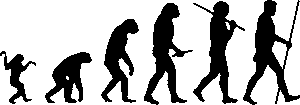
Of course, there is only one species that has survived to become the modern humans. During the evolution of human beings, many different features (such as larger brains and the ability to walk upright) gave individuals advantages that offer them a better chance at survival. What features (if any) do you think will change in the distant future? These educated guesses may surprise you.
Jean-Baptiste Lamarck: The Man Who Proposed The First Fully Formed Theory Of Evolution

Educated Guesses On The Future Of Human Evolution
Smaller Heads At The Top
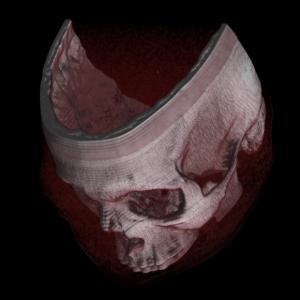
It is unclear exactly why the brain is shrinking, but a theory suggests that it may be because humans no longer need to use as much thought to survive. Interestingly, it has been estimated that we use 10% less than we did just 20,000 years ago. As a result of our shrinking brains, our heads may become smaller at the top. We may look a little bit like the shrunken head guy from Beetlejuice.
Will Humans Become Smarter?
Although IQ is rising in many parts of the world, this doesn’t necessarily mean that in the next 100,000 years humans will develop some sort of superintelligence. Just look at the dinosaurs.
The first modern humans are believed to date back to just 200,000 years ago. The dinosaurs lived for millions of years and did not develop the intelligence that is needed to build a house, or fly all the way to the moon and back. Evolution promotes the survival of a species. If superintelligence is not necessary for long-term survival, then it is not a necessary feature for a species to have.
A Beak
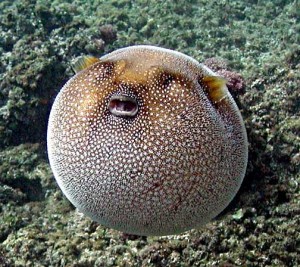
Why would it be more practical for humans to lose their teeth and grow a beak? According to Dr. Fraser, unlike teeth, a beak would not rot, chip or fall out. This makes sense because more sugary drinks and foods are being consumed these days. Unfortunately, it has caused the rise of tooth decay (even in children). A solid beak would be more resilient than teeth and could last a lifetime. If human teeth do eventually fuse together to form a tough and pointy beak, it will likely not happen anytime soon. This change is believed to be several millions of years away (if it even occurs).
Tentacles
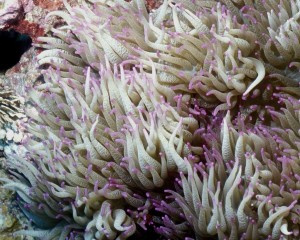
Skin That Changes Color

The ability to change color at will could also help us adapt better in our modern environments. There are some that have suggested that being able to either visually blend in or stand out at will, could be a very strong advantage that evolutionary pressures could perhaps make more common.
An Example Of Evolution Of The Skin?
Mel Greaves is a professor of cell biology at the Institute of Cancer Research in London. Greaves believes that when earlier hominids shed their hair (around 2 million years ago), natural selection had favored those with the darkest variations in skin color. The reason is because the variation could help protect against ultraviolet radiation (UVR), which can potentially cause skin cancer.
It is believed that at one time, humans may have all been white. Then, they were all black. However, around 50,000 to 100,000 years ago, people who migrated to cold northern climates no longer needed protection from the ultraviolet radiation. Therefore, they evolved back to pale skin.
A Possible Result Of Human Colonization Of The Solar System
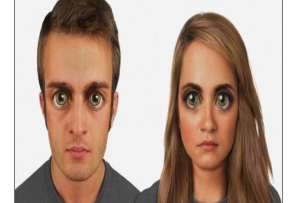
The reason for the large eyes is because Kwan believes that since we are running out of space on Earth, if we want to keep the human race going, we will eventually need to colonize other planets. Since living further away from the sun means less light, evolution may select for larger eyes. To offer extra protection against cosmic rays, the large eyes could feature “eye-shine enhance low-light vision and even a sideways blink from re-constituted plica semilunaris.” The man and woman have larger nostrils for the purpose of making breathing in off-planet environments easier.
Why The Larger Heads?
Earlier, you learned that human brain has been shrinking. Why does this image show a man and a woman with larger heads? Dr. Kwan believes that within the next 50,000 years, technology and human knowledge will increase at a rate which will require larger brains with denser more folds.
Subspecies Of Humans

1. Since people would be choosier about their sexual partners, humanity may divide into sub-species. The prediction is that descendents of the genetic upper class would be tall, slim, in good shape, attractive, quick-witted and also creative. However, the “underclass” humans would have evolved into dimwitted, grotesque (like the image above), and squat goblin-like creatures.
2. The wealthy will move toward artificial evolution (defined as the breeding of plants and animals to produce desirable traits). They would decide the genome sequence of the just conceived baby. What this will do is create kind of split between the upper-class, dominant population and a lower-class, genetically oppressed population. Of course, both of these predictions are pure speculation.
Conclusion
The human body may eventually evolve and give us some extremely bizarre body parts that would probably seem quite silly to those who are living today. However, in the distant future, these types of features may be essential for the survival of the human race. Interestingly, if humans continue to evolve, it is fair to say that in the future, most people will likely believe in the theory of evolution. Skeptics can easily go back into history and see plenty of different pictures and video of modern humans. They would see the obvious changes that were caused by natural selection. Of course, there will always be people who deny the truth, regardless of how compelling all the evidence is.
So what will humans look like in the future? Of course, for now, we can only speculate. Although many predict there will be changes, it is possible that nothing will change. We just don’t know.
